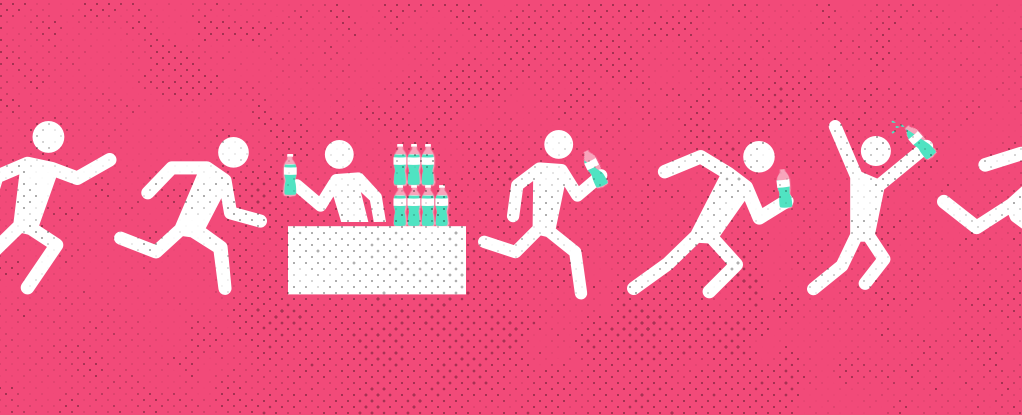
First impressions are crucial for your app’s success, you’ve read it a million times. A great onboarding carousel is a must, but it’s only the first step towards app success. Long-term stickiness, meanwhile, is the real marathon, and it requires ongoing investment and nurturing. That’s where progressive onboarding comes in.
Starting line: Walkthroughs
Because the drop in usage is so precipitous right after install, the key is to get users to immediately understand and like your app. While your app’s best features may be obvious to you, they’re not necessarily clear to every new user. A walkthrough carousel is a great solution; you can make them beautiful and users are accustomed to them.
Build a carousel to introduce first-timers to the core functionality of the app, or to introduce new features after an upgrade. Keep them concise, though, three swipes are optimal.
Pick up the pace: Videos
A video message is a great medium for creating emotional ties between your brand and your users. It’s also a great way to deliver a step-by-step tutorial for major functionality.
Getting users to watch the video is the first goal, but measuring how it affects usage is what you really should be measuring. Based on those metrics, you can adjust your messaging or the timing of showing the video.
Hydrate: Tooltips
Over time, you may see that certain elements in your app go unused, or are underused. In such a case, using a tooltip is a good option.It’s non-intrusive and the user can decide to either follow the tooltip’s advice or ignore it.
By letting users choose for themselves you increase their sense of control. A tooltip should dissolve fairly quickly if a user shows no interest. Testing the content of your tooltips is super easy and can easily improve your conversion rates.
Go far: Personalize the Experience
You may not know a ton about brand new users, but even then, you can create custom onboarding flows that cater to the needs of different audiences. Consider highlighting different features to users based on their demographics or how they got to your app (which campaign drove them to download). Making users feel welcome and understood is a sure way to keep them coming back.
As you progressively onboard, think about targeting your in-app training based on information you’ve already collected about users and how they interact with the app. With time you’ll be able to hone in on what works and which features are most engaging. This will help not only improve your app performance but also guide your product roadmap.
